Difference Between Green Manure And Cover Crops
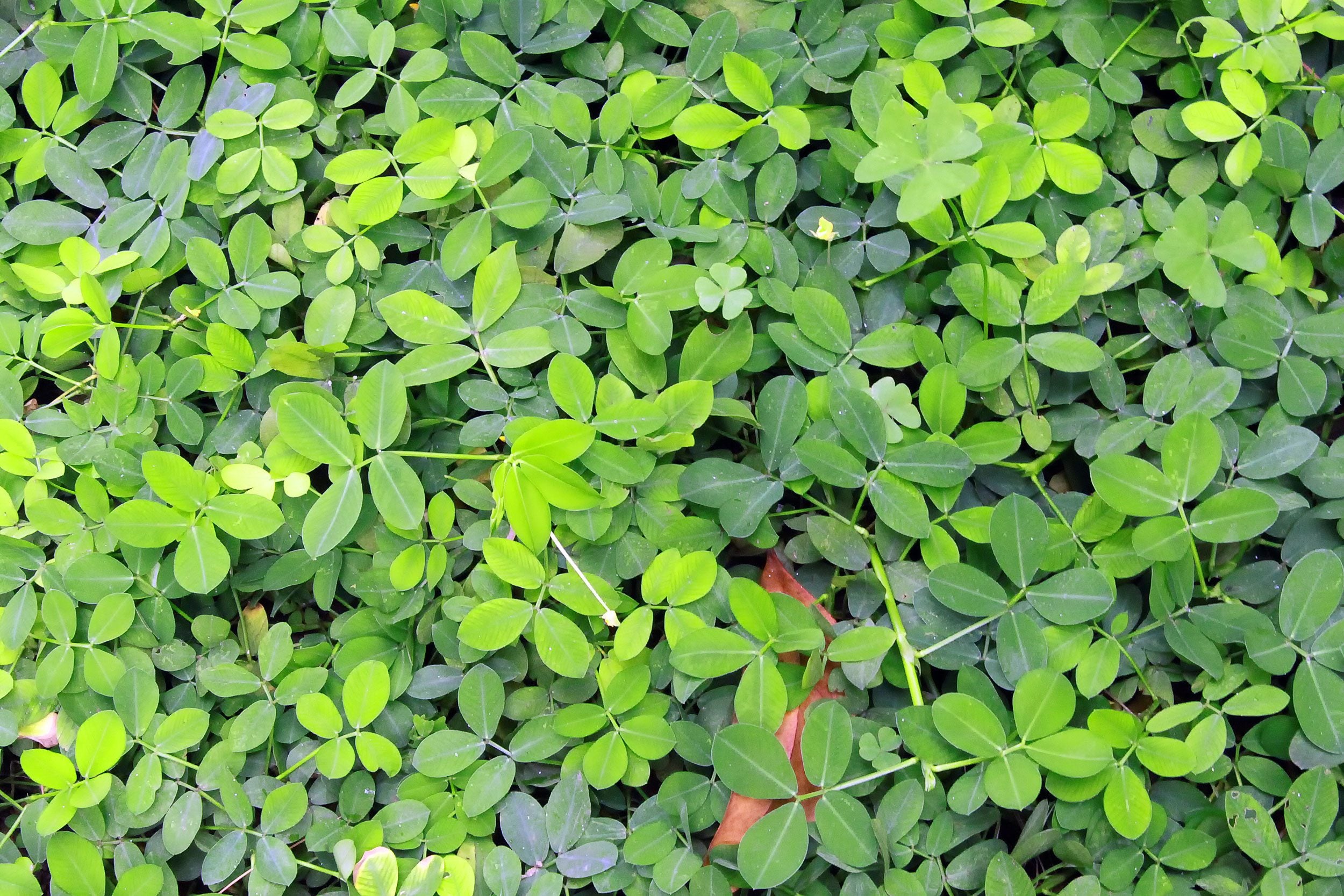

The name may be misleading, but green manure has absolutely nothing to do with poop. However, when used in the garden, cover crops and green manure provides a number of benefits to the growing environment. Read on to learn more about using cover crops vs. green manure.
What are Cover Crops?
Cover crops are plants grown strictly to improve soil fertility and structure. Cover crops also provide insulation that keeps the soil cool in summer and warm in winter.
What are Green Manures?
Green manure is created when fresh cover crops are incorporated into the soil. Like cover crops, green manure increases the level of nutrients and organic matter in the soil.
Cover Crops vs. Green Manure
So what's the difference between green manure and cover crops? Although the terms “cover crop” and “green manure” are often used interchangeably, the two are actually different, but related, concepts. The difference between green manure and cover crops is that cover crops are the actual plants, while green manure is created when the green plants are plowed into the soil. Cover crops are sometimes known as “green manure crops.” They are planted to improve soil structure, suppress growth of weeds and protect the soil from erosion caused by wind and water. Cover crops also attract beneficial insects to the garden, thus reducing the need for chemical pesticides. Green manure provides similar benefits. Like cover crops, green manure improves soil structure and releases important nutrients back to the soil. Additionally, the organic matter provides a healthy environment for earthworms and beneficial soil organisms.
Growing Cover Crops and Green Manures
Most home gardeners lack space to dedicate an entire growing season to a cover crop. For this reason, cover crops are usually planted in late summer or autumn, and then the green manure is tilled into the soil at least two weeks before the garden is planted in spring. Some plants, which reseed themselves prolifically and become weeds, should be worked into the soil before they go to seed. Plants suitable for planting in the garden include peas or other legumes, which are planted in either spring or early autumn. Legumes are a valued cover crop because they fix nitrogen in the soil. Radishes are a fast-growing cover crop planted in autumn. Oats, winter wheat, hairy vetch and ryegrass are also planted in late summer or early autumn. To plant a cover crop, work the soil with a garden fork or rake, then broadcast the seeds evenly over the surface of the soil. Rake the seeds into the top of the soil to ensure the seeds effectively contact the soil. Water the seeds lightly. Be sure to plant the seeds at least four weeks before the first expected frost date.
Gardening tips, videos, info and more delivered right to your inbox!
Sign up for the Gardening Know How newsletter today and receive a free copy of our e-book "How to Grow Delicious Tomatoes".

A Credentialed Garden Writer, Mary H. Dyer was with Gardening Know How in the very beginning, publishing articles as early as 2007.
-
 Looking For Plants To Give You The Soft And Fuzzies? Try These 5 Fuzzy Leaf Plant Options
Looking For Plants To Give You The Soft And Fuzzies? Try These 5 Fuzzy Leaf Plant OptionsLovers of texture, drama, silver foliage and tactile plants will adore these special sensory garden additions. These fuzzy leaf plant options will leave you all aglow
By Susan Albert
-
 Get Ready For A Summer Of Hummers! Grow These Full Sun Hummingbird Plants and Flowers
Get Ready For A Summer Of Hummers! Grow These Full Sun Hummingbird Plants and FlowersIf you’re lucky enough to enjoy a sunny backyard, make sure you are maxing out on your pollinator opportunities and grow these full sun hummingbird plants and flowers
By Tonya Barnett
-
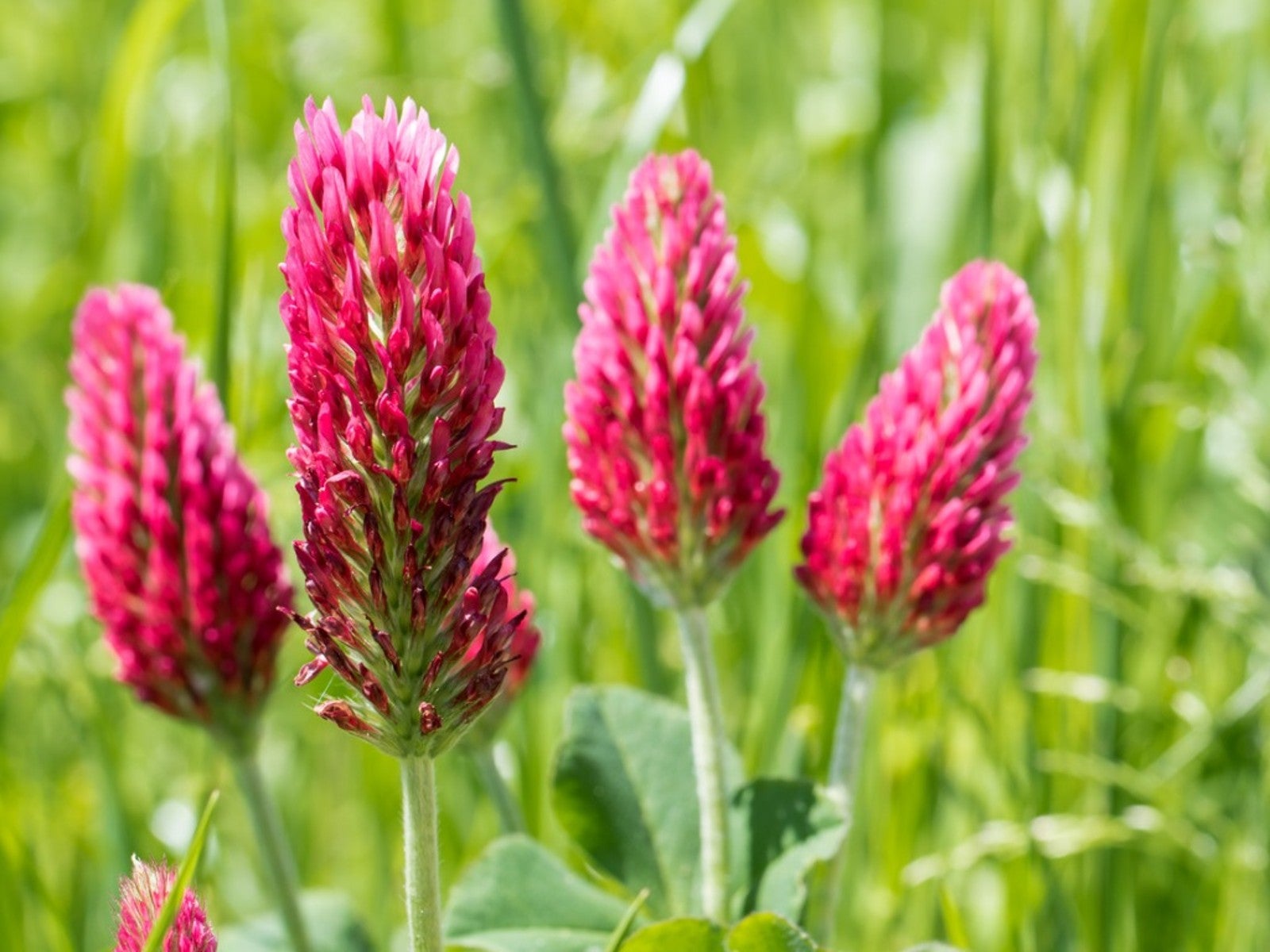 Best Late Summer And Early Fall Cover Crops
Best Late Summer And Early Fall Cover CropsPlanting cover crops is a gift you can give to your garden’s soil. Read on to learn about planting cover crops in late summer.
By Bonnie L. Grant
-
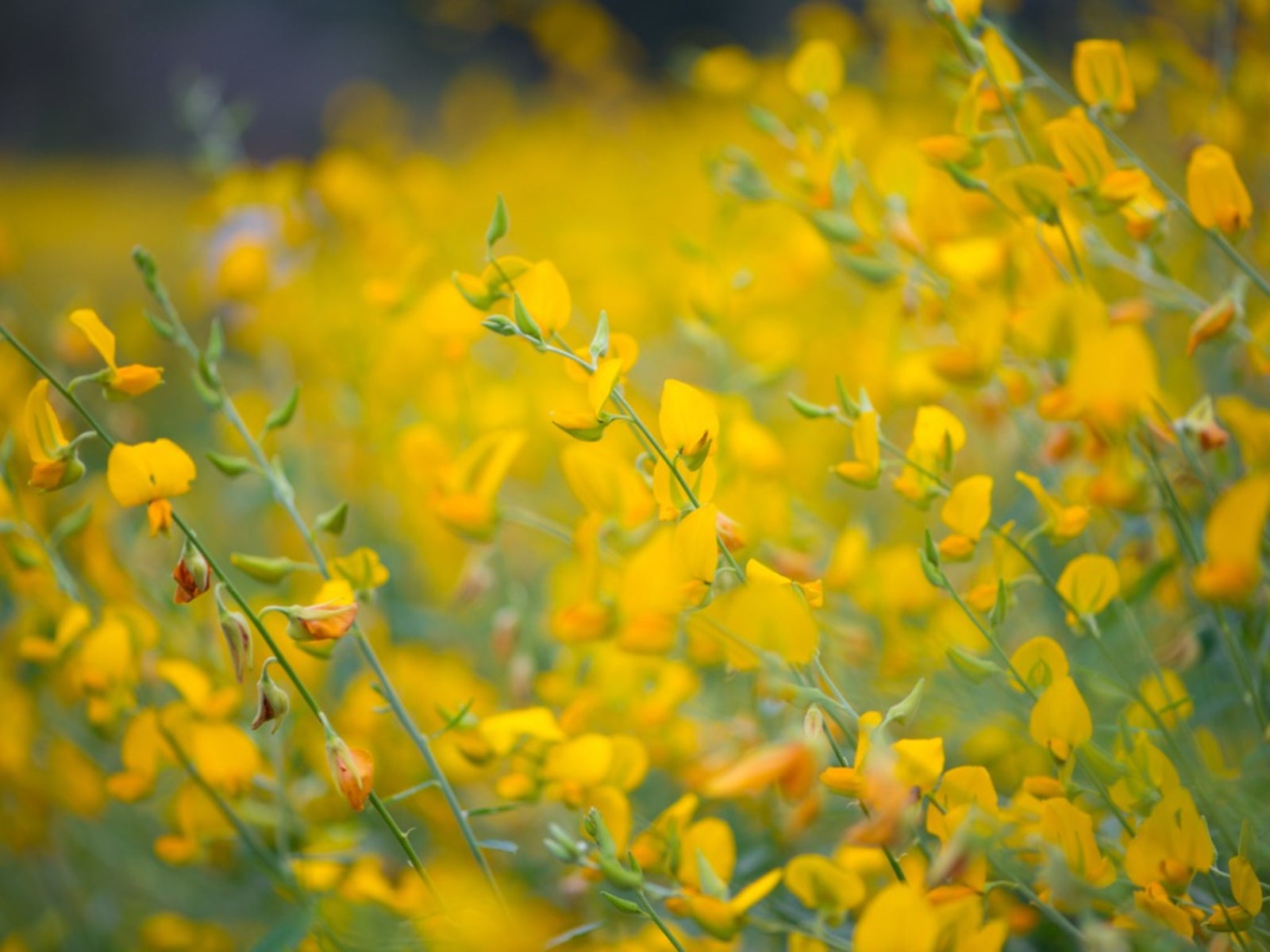 Sunn Hemp Plant Info – Learn Sunn Hemp Uses And Care
Sunn Hemp Plant Info – Learn Sunn Hemp Uses And CareSunn hemp grass is a warm weather grass. Click to learn more about Sunn hemp uses as well as helpful tips on growing Sunn hemp as a cover crop.
By Mary H. Dyer
-
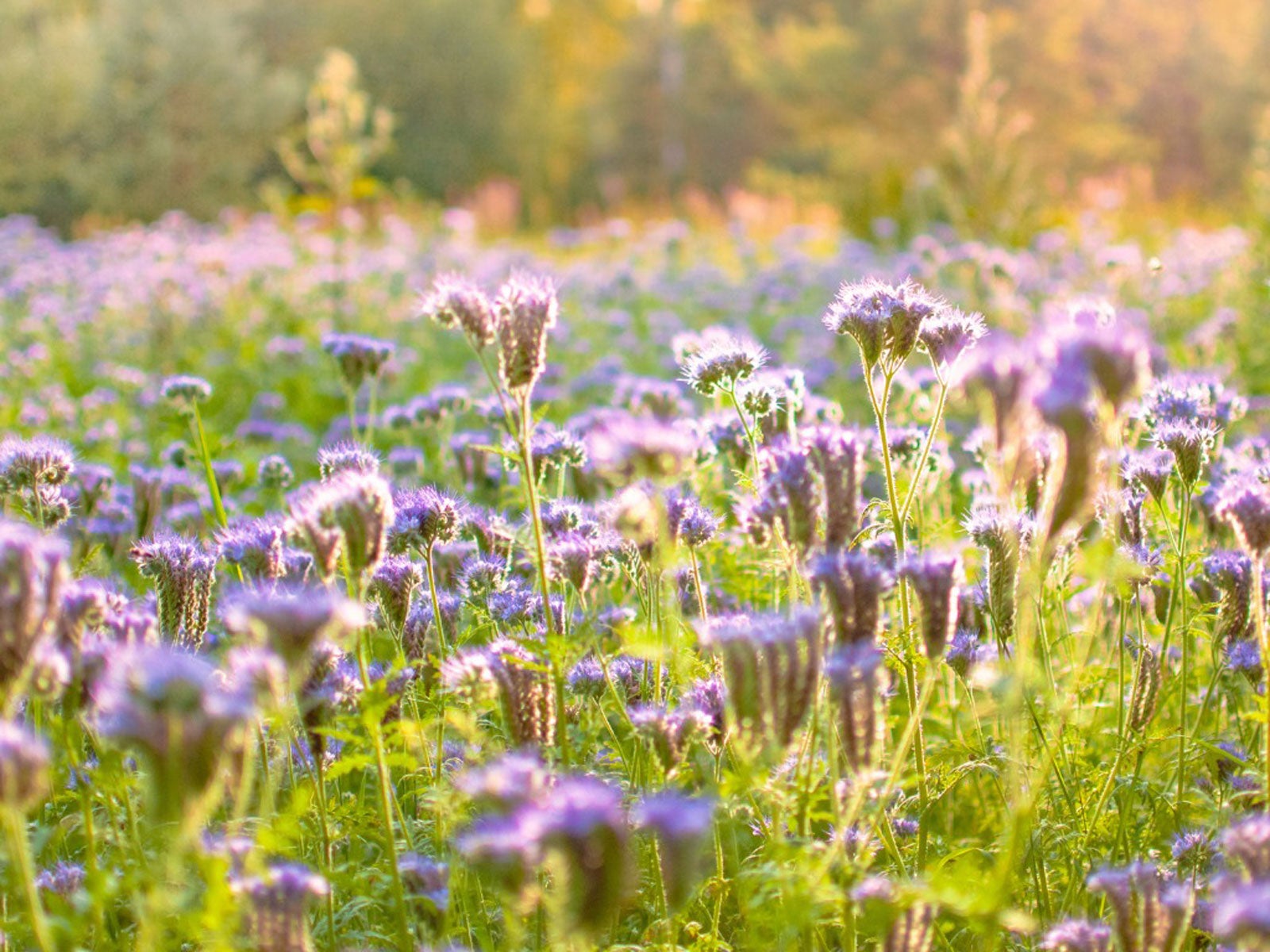 Native Cover Crops: Vegetable Cover Cropping With Native Plants
Native Cover Crops: Vegetable Cover Cropping With Native PlantsAre there any benefits to using native plants as cover crops? Click here to learn more about vegetable cover cropping with native plants.
By Laura Miller
-
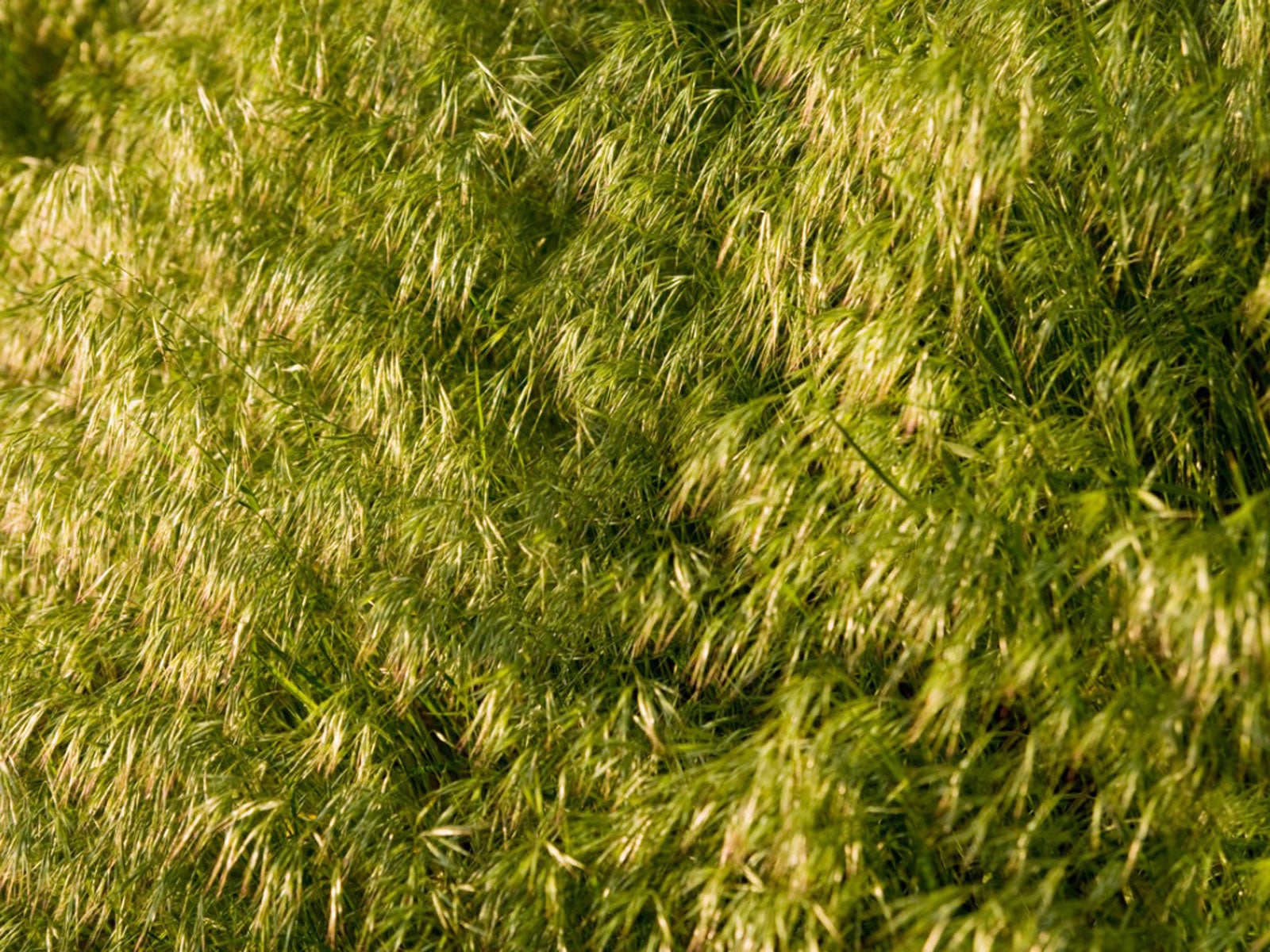 What Is Field Brome – Information About Field Brome Grass
What Is Field Brome – Information About Field Brome GrassField brome grass can be used as a cover crop to control erosion and enrich the soil. For more information, click the following article.
By Laura Miller
-
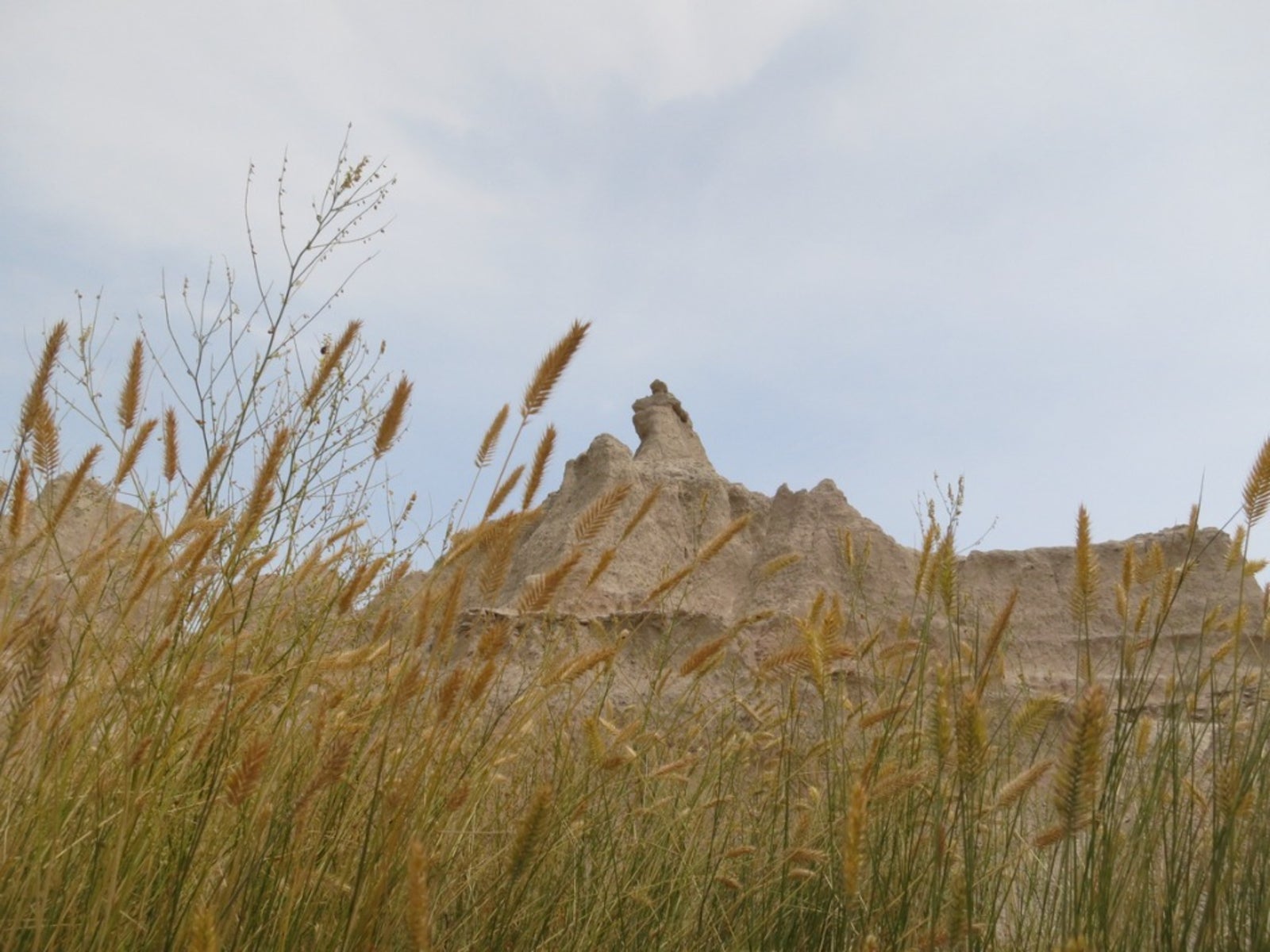 What Is Western Wheatgrass – How To Grow Western Wheatgrass
What Is Western Wheatgrass – How To Grow Western WheatgrassWheatgrass is native to North America and graces the Southwest, Great Plains and mountainous regions of the western U.S. It has some erosion control benefits but using western wheatgrass for grazing is the primary purpose. Learn more about it here.
By Bonnie L. Grant
-
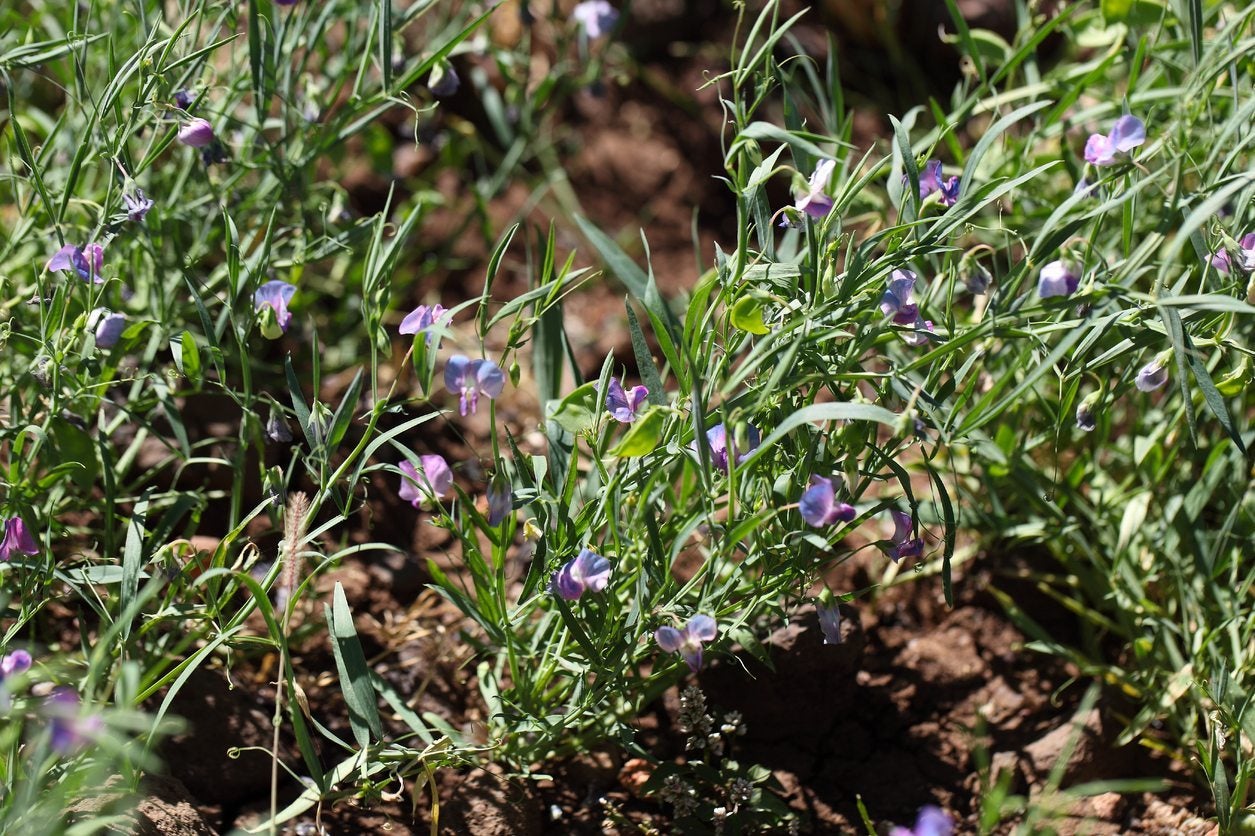 What Is Chickling Vetch – Growing Chickling Vetch For Nitrogen Fixing
What Is Chickling Vetch – Growing Chickling Vetch For Nitrogen FixingWhat is chickling vetch? Also known by various names such as grass pea, white vetch, blue sweet pea, Indian vetch, or Indian pea, chickling vetch is a nutritious legume grown to feed livestock and humans in countries around the world. Learn more about the plant here.
By Mary H. Dyer
-
Establishing Kura Clover: Learn How To Grow Kura Clover Plants
You no doubt have heard about the four-leaf clover, but few gardeners are familiar with kura clover plants. Kura is a forage legume and if you are interested in growing kura as a groundcover or establishing kura clover for some other use, this article will help.
By Teo Spengler
-
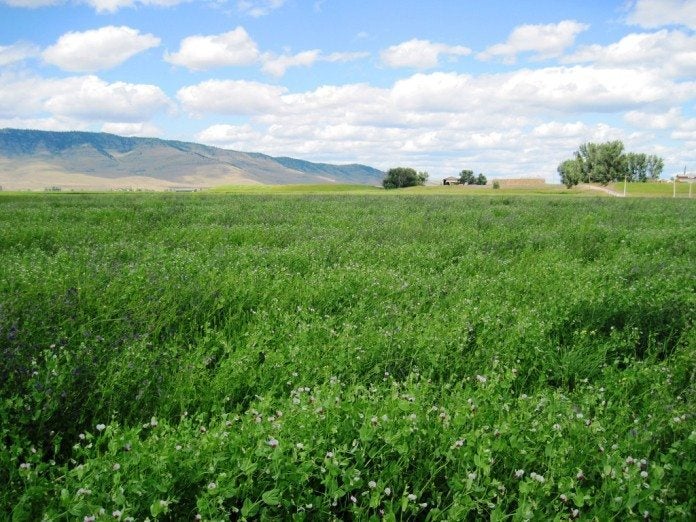 What Are Austrian Winter Peas: A Guide To Growing Austrian Winter Peas
What Are Austrian Winter Peas: A Guide To Growing Austrian Winter PeasWhat are Austrian winter peas? Also known as field peas, Austrian winter peas have been grown around the world for centuries, primarily as a valuable source of nutrition for humans and livestock. Click this article for info on growing Austrian winter peas.
By Mary H. Dyer